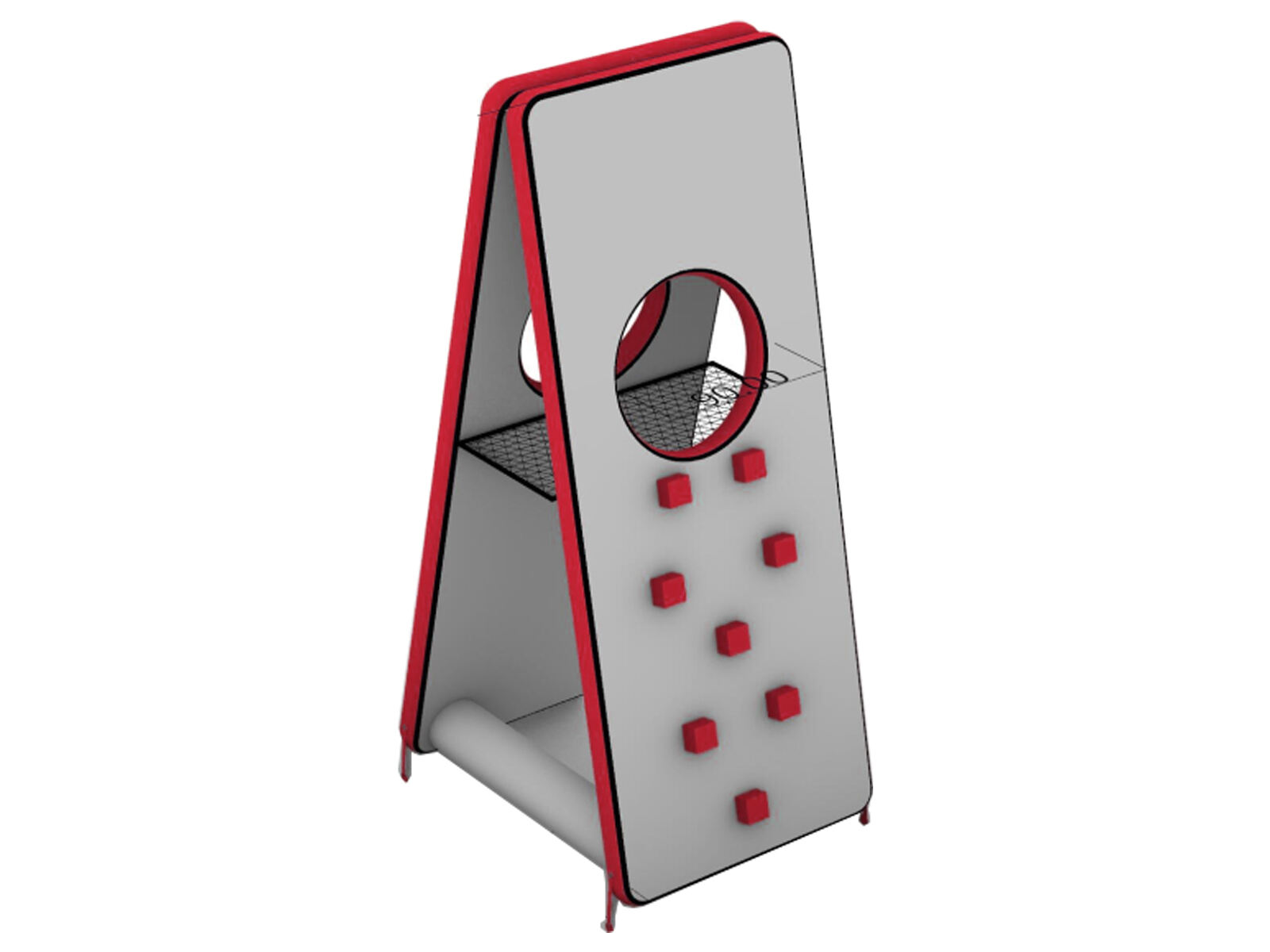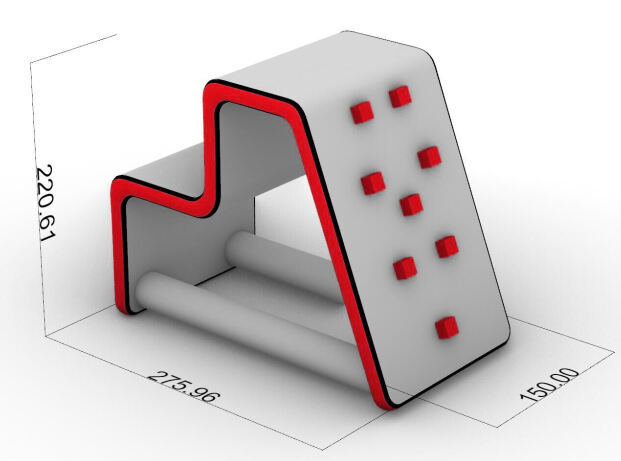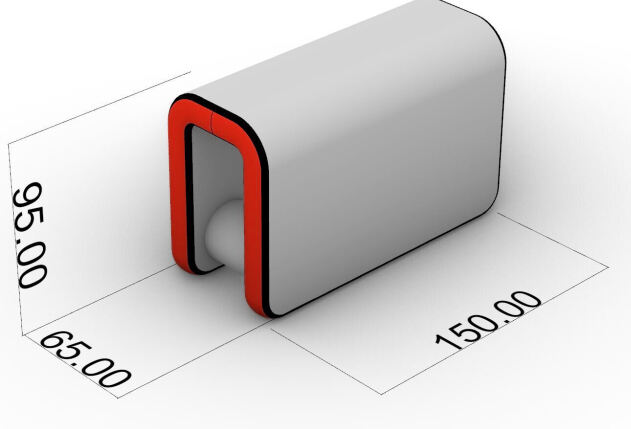What makes a good team-building obstacle
The Power of Team-Building Obstacle Courses
Enhancing Communication Through Physical Challenges
Obstacle courses during team building sessions actually create great chances for improving how people talk to each other on a team. When facing these physical challenges together, team members need to communicate clearly without wasting time, which helps everyone get better at expressing their ideas. Some studies have found that after going through these kinds of activities, teams see around a 40% boost in their communication scores. Beyond just talking, these exercises also help develop body language and other non-verbal cues that matter a lot when things get stressful at work. That's why many companies now include obstacle courses as part of their regular team building programs. The results speak for themselves - stronger relationships between coworkers and much better overall communication across departments.
Building Trust with Collaborative Tasks
Working together through obstacle courses builds real trust between teammates. When people rely on coworkers to get past tricky sections, bonds tend to form naturally as they support each other. Studies have found that groups who do trust exercises like this report about 30 percent higher job satisfaction rates. Getting through tough spots as a group creates those moments where everyone feels part of something bigger. The trust grows stronger over time, which makes the whole team work better together and stay motivated longer.
Developing Leadership in High-Pressure Scenarios
Obstacle courses create real-world pressure situations that help spot and build leadership abilities. When people face these challenges, natural leaders tend to step forward because they have to make quick decisions while things are moving fast around them. Research shows something interesting too: groups that train this way often see about a 25% boost in how effective their leaders become. Beyond just bringing teams together, these kinds of exercises actually lay groundwork for developing those crucial leadership traits needed when stress levels rise. Companies looking to grow will find this kind of hands-on leadership development extremely valuable over time.
Design Principles for Effective Obstacle Courses
Balancing Difficulty and Accessibility
When designing an obstacle course that really works for team building, finding the right mix between tough challenges and what people can actually handle matters a lot. A good course pushes participants just enough so they don't get frustrated, while still making sure everyone from beginners to more experienced folks can take part. According to some research we've seen, keeping roughly seventy percent of the elements both fun and challenging tends to result in better overall reactions from groups. Courses designed this way tend to attract a wider range of participants too, which means more people show up for these events because they know there will be something suitable for their abilities without feeling left out.
Incorporating Problem-Solving Elements
Adding real world problem solving challenges to obstacle courses really helps boost critical thinking and creative abilities among participants. When teams tackle these kinds of scenarios, they tend to come up with about 50 percent more innovative ideas for work related problems. Incorporating puzzle based tasks and activities requiring strategy makes the whole experience more enjoyable while encouraging people to think together as a group. What this means is that the activity becomes much more than just physical exercise it stimulates minds too, which ultimately strengthens team cooperation skills in practical ways.
Ensuring Safety in Team Challenges
Safety should be at the top of anyone's list when putting together team building obstacle courses. Good safety measures really cut down on injuries during these kinds of events. Companies that take safety seriously tend to see about half as many accidents compared to those who don't bother much with precautions. Before jumping into any activity, running through proper safety training makes a big difference. Participants get a better understanding of what they're getting into and how to stay safe while having fun. This approach keeps everyone focused on bonding with colleagues rather than worrying about getting hurt, all while maintaining basic common sense about personal safety throughout the experience.
Customizing Obstacles for Different Teams
Adapting Courses for Various Group Sizes
Getting obstacle courses right for different group sizes really matters if we want everyone to stay interested and actually participate. When teams come in all shapes and sizes, adjusting the course layout creates better opportunities for people to work together, which makes those team building sessions much more worthwhile. Some studies indicate that when challenges match the group properly, folks tend to get more into things around 40% of the time. Different setups for the obstacles let organizers handle groups big or small without leaving anyone out, making sure the whole team gets something meaningful from the activity. The real magic happens when individuals know they matter no matter how many others are there, so they end up enjoying themselves a lot more than they would otherwise.
Indoor vs Outdoor Configuration Considerations
When deciding between indoor and outdoor setups for obstacle courses, comfort levels and overall performance tend to vary quite a bit among participants. Outdoor environments create something special though they bring people into nature where spontaneous bonding often happens naturally. Teams get this amazing boost when working through challenges surrounded by trees or open spaces instead of four walls. The fresh air and changing scenery really do make a difference in how groups interact and support each other. Indoor facilities have their own advantages too since everything stays predictable and manageable. No weather issues mean organizers can focus more on designing complex puzzles or problem solving activities without worrying about rain or sun exposure. Both options present different pros and cons depending on what kind of team development goals exist. Some companies find that mixing both approaches works wonders, starting outside then moving inside as part of a full day program. Getting familiar with these differences allows event planners to craft experiences that actually match what attendees need most from their team building sessions.
Scaling Challenges for Skill Levels
When designing courses, it makes sense to adjust the difficulty so people at different skill levels can actually participate without feeling left behind. Looking back at previous events shows us something interesting: when we tweak how hard each challenge is, people tend to feel more confident and pick up new abilities faster. The right balance lets folks work where they're comfortable but still stretches them just enough to grow personally. Offering various options based on experience level isn't just good practice, it creates an inclusive environment where everyone gets something out of the experience. Most importantly, this approach helps build better teams because no one feels excluded or overwhelmed during the process.
Professional-Grade Team-Building Solutions
AIR OBSTACLE 6: Versatile Corporate Training System
AIR OBSTACLE 6 was built with one main goal in mind: making teams work better together regardless of their size or background. Companies using this system report around 90% improvement in how well their groups actually stick together during projects. The reason? Because we designed it from scratch to fit what each business really needs instead of forcing everyone into some generic mold. What makes AIR OBSTACLE 6 stand out is its modular approach. Organizations can pick and choose different components based on what matters most for their particular situation. Some companies focus on boosting creativity, others want better conflict resolution techniques. Either way, teams end up talking more openly about problems they face and figuring out solutions together rather than just going through motions during another boring team building exercise.
AIR OBSTACLE 5: Durable Outdoor Challenge Course
The AIR OBSTACLE 5 stands up to all kinds of weather, so it works great no matter what season we're in. Studies show that getting outside really helps lift spirits and keep people engaged, which makes this setup perfect for company events or workplace training sessions. Built tough from quality materials means less time spent fixing things when something goes wrong, saving money over time. Companies investing in this kind of equipment get lasting value for their team building efforts. Employees actually enjoy working through these obstacles together, forming bonds that last way beyond just completing the course.
AIR OBSTACLE 4: Competitive Race Configuration
The AIR OBSTACLE 4 creates an intense but fun setting where teams push themselves harder and stay focused on what matters most. This setup strikes just the right balance between camaraderie and challenge, letting groups go head to head while still working together towards common objectives. When people compete against each other, they naturally get more pumped up and pay closer attention to details during the activity. Tracking how well individuals perform gives managers something concrete to look at when planning next steps. Looking at these numbers helps figure out what works and what doesn't, which makes teams better at collaborating over time. Ultimately, this translates into stronger alignment between what the team does day to day and the bigger picture set by company leadership.
AIR OBSTACLE 3: Modular Teamwork Modules
What makes this system special is how it's built in modules that can be rearranged pretty quickly depending on who's participating and what they need. People tend to be about half happier overall when we adjust things to match what the organization actually wants to accomplish. Each module comes with different kinds of problems that change as the company's priorities shift, so teams stay challenged without getting bored. The whole point of AIR OBSTACLE 3 is to get people actively involved rather than just watching from the sidelines. Most managers notice better cooperation among staff after going through these exercises together.
AIR OBSTACLE 2: Entry-Level Collaboration Builder
AIR OBSTACLE 2 works great for groups just getting started with obstacle courses since it concentrates on building those fundamental skills and teaching how teams actually work together. When companies first bring people onto these kinds of challenges, they need something that helps everyone get comfortable working as part of a group. According to feedback from folks who've tried it out, around three quarters of newcomers feel much more at ease after going through the course, which shows how well it prepares people for actual team building exercises. For organizations looking to start their journey into team development, this particular course lays down solid groundwork for relationships within teams while also giving participants a real boost in self confidence during those initial sessions.






